
Hello everyone and happy Monday! Today we’d like to share a cool story out of Coral Bay. It was written by our friend Leah Randall Hanson. I think you’re going to enjoy it. 🙂 -Jenn
By Leah Randall Hanson, owner of Flyaway Charters
When you ask both St. John residents and/or tourists “why do you love St. John?” it seems like it’s always a variation of the same answer. “It’s unlike anywhere else.” I happen to completely agree. There is a certain sense of magic here that abounds from our waters to the hilltops, all the beautiful flora and fauna and sounds of the breeze and birds. It’s random flamingos popping up around the island or being able to unpredictably see dolphins while having happy hour in Cruz Bay. There is no shortage of “amazing” here. Personally I love how, regardless of how long I have spent here both as a visitor and a resident, St. John is still revealing her precious secrets to me. And I have a feeling she always will.
One of the aspects of St. John that my husband and I find some of the most enriching and intriguing is the historical side of the island. Now hold on- Before I lose you (I know the word history can be a yawn to some), we aren’t talking 7th grade history class bore you to pieces here. (And no offense to our amazing history teachers out there. We just know that history isn’t everyone’s cup of tea or bottle of beer.) We are talking about an island absolutely rich with history which helped to shape the Caribbean and influence on the entire world. St. John’s history is an area of intrigue, full of secrets begging to be discovered and/or learned, and stories begging to be told. Today we’d like to tell you about one right here in Coral Bay…
My husband Colin and I have spent many nights researching St. John’s rich history, aching to know more about this island we call home. We are in a torrid love affair with the ocean, so it’s pretty natural that our focus would lean toward the maritime history.
Hurricane Hole has been a safe hurricane anchorage for hundreds of years. Back in the “good ol’ days,” as Colin affectionately calls the late 1600s to turn of the 20th century, boats were made of wood and were in need of constant maintenance. To maintain their speed and seaworthiness, boats needed haul outs, just as we do today, however they would need them much more often. Captains and crew would always be on the lookout for the perfect locations to do a process called “careening” which meant pulling a boat over on its side by a process called block and tackle to reveal one side of the boat’s hull. They would scrape and repair weak spots and lather the bottom with a mix of different things like tallow and pitch, tar and oil and replace copper sheathing as well.
Well they needed a very specific type of anchorage to do this. This would be a shoreline that was shallow for several yards with a very slow grade and then a drop off. The ships would pull in up close to the drop off and rig up seemingly countless well placed lines (ropes) for block and tackle. Block and tackle is a process where lines run back and forth from two points through blocks (blocks are a pulley) to reduce the weight of the object being lifted. For example, for a two-block system it would reduce the weight by a quarter. But, the lines would need to attach to something on shore, and this is where it gets cool.
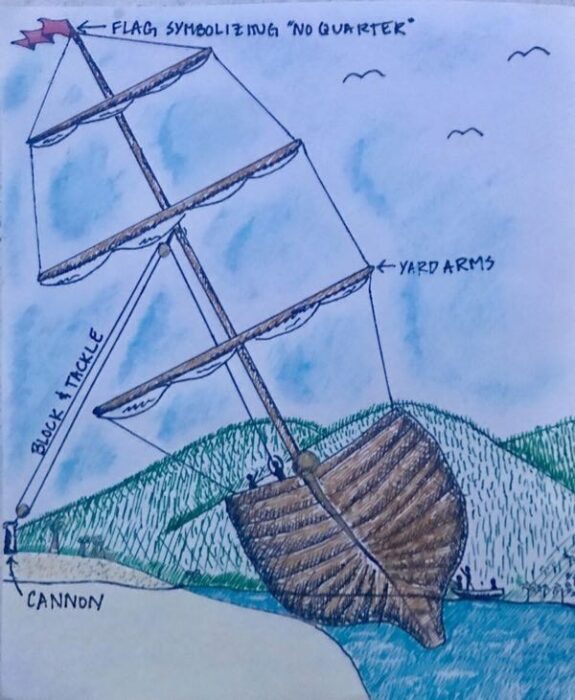
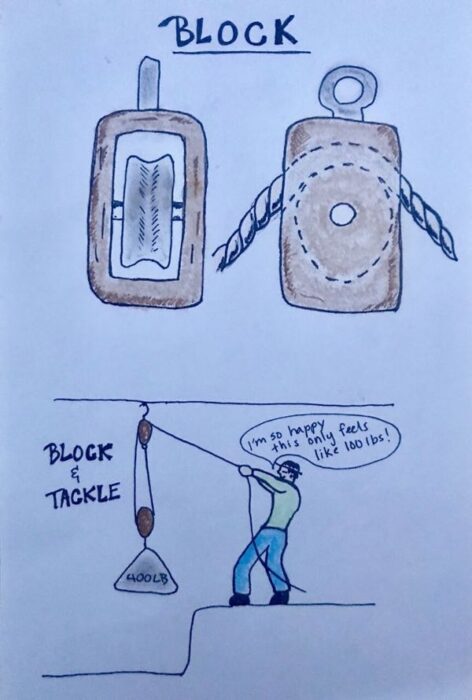
Over in Hurricane Hole, there is a shoreline precisely like I described, and on very old maps it was called “Careening Cove.” On the shore, there is still a cannon buried sticking straight up. This is what they used as one of their anchor points. Right there, right in front of us, is not only evidence of careening but also the fact that this spot was so favored hundreds of years ago that they buried a cannon for this purpose, meaning they would return to use it again. What is even more fascinating? After speaking to many people, we have reason to believe that this cannon dates back to the late 1600s, adding credence to the idea of this area being trafficked before the Danish. Could it have been Blackbeard careening the Queen Anne’s Revenge? Or Sam Bellamy repairing the Marianne or the Sultana before commandeering his biggest prize, the Whydhah? Or the celebrated Sir Francis Drake? Well, probably not Sir Francis Drake, because the timing is off, but Sam Bellamy, Blackbeard or someone along those lines is very possible! How interesting is that??!!
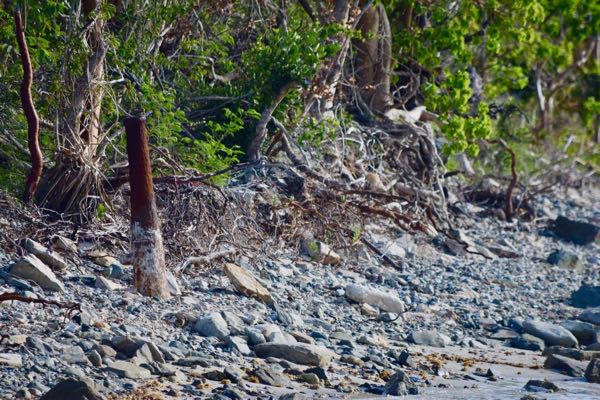
As with so many historical puzzle pieces, the learning of one thing naturally sparks other questions. Was the careening point a hidden spot or was it used by many different ships? How long was it used? Would they tie up and and stay awhile? Was this a spot for trade, hidden in Hurricane Hole? These are secrets the island will keep hidden. For now…
For those of you who love the ocean and the island’s historical side, we invite you to spend a day on the water with and Flyaway Charters. From the water, we can show you the fort where the slave rebellion began, as well as the lower battery that guards it. This is a great way to see these historical sites, as they are both either on or surrounded by private land. On our way out of Coral Bay, we can cruise through what was once Careening Cove and check out the cannon. We can show you many other spots and tell you about several more of St. John’s fascinating stories.
Until then, keep loving the island and listen for secrets she has to share. Some are just the way the light hits a beach in a way you’ve never seen before, others allude to historical tales where romanticism meets reality. And it all amounts to something we all already know; St. John is unlike anywhere else in the most beautiful way.
Leah owns Flyaway Charters with her husband Colin. You can learn more about them at https://flyawaychartersvi.com


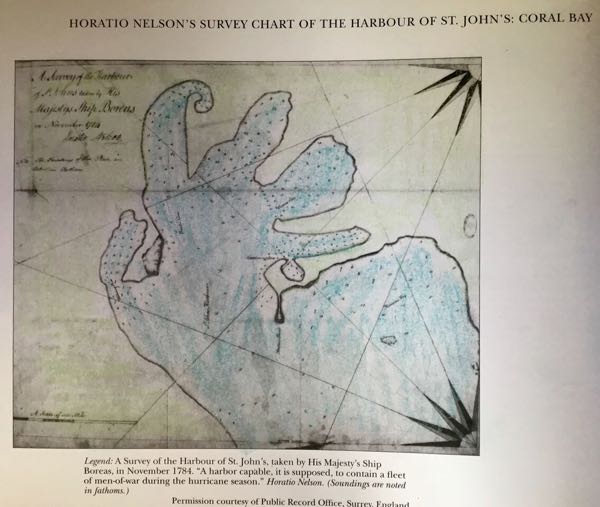
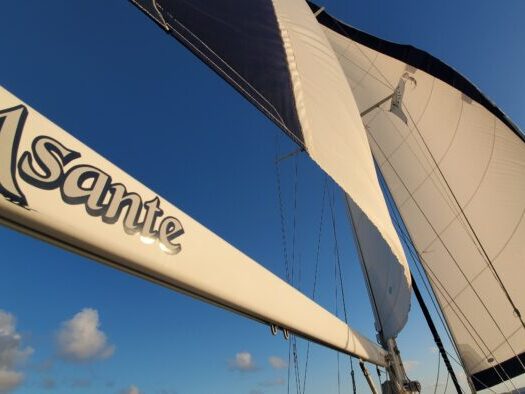
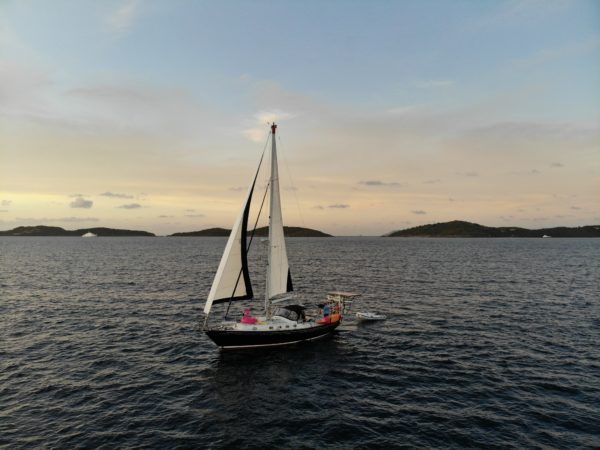
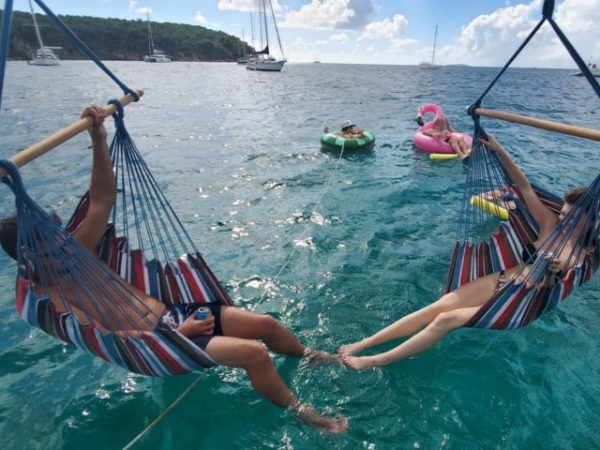
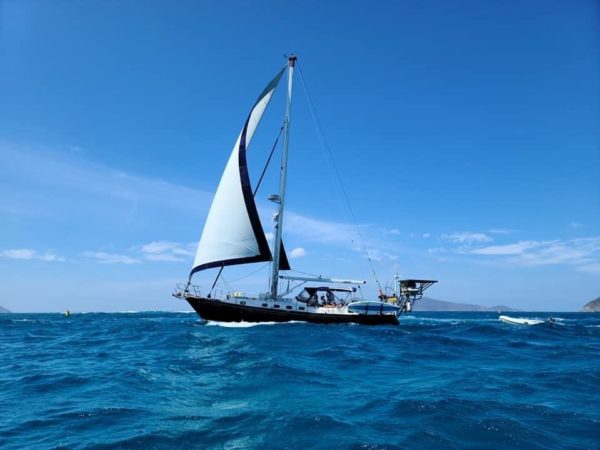
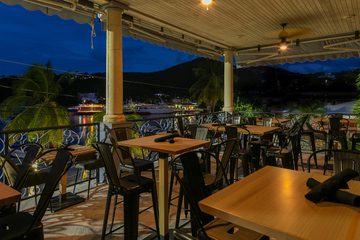

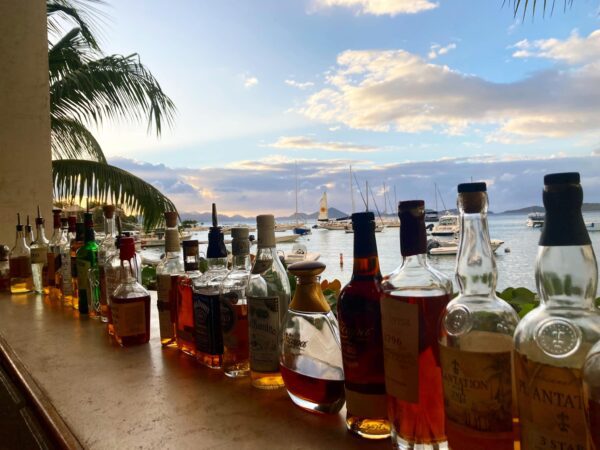
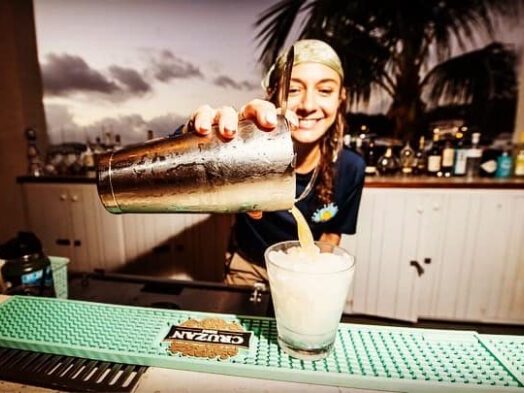
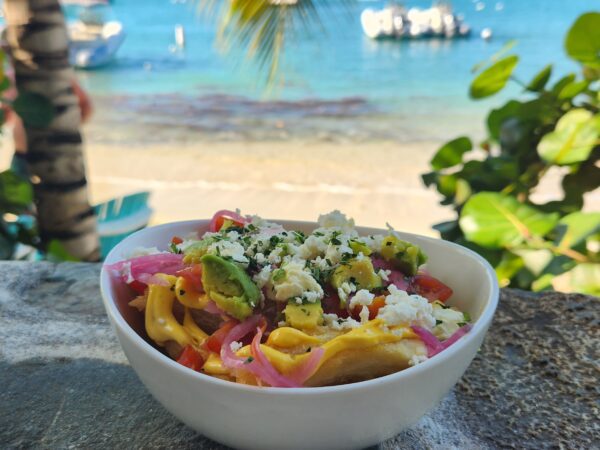
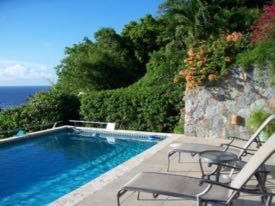

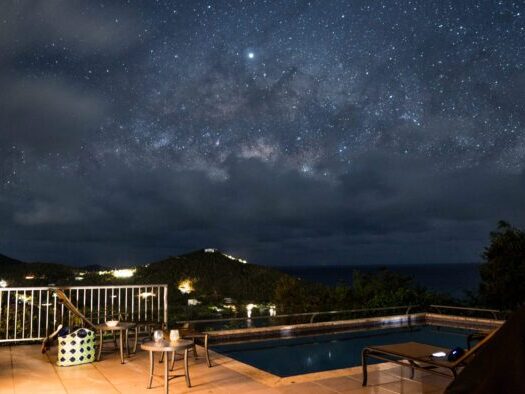
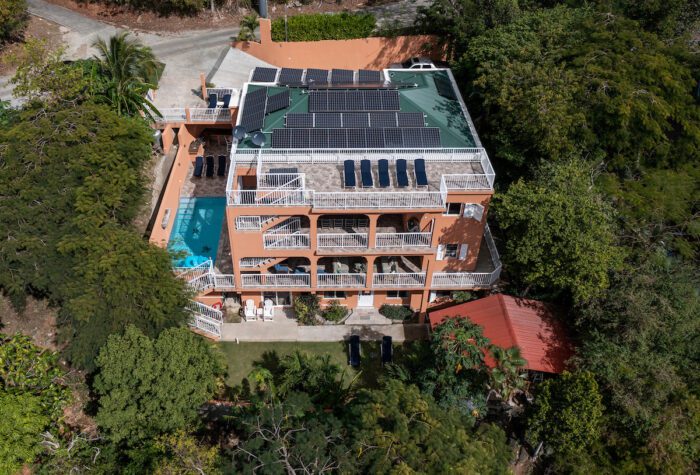

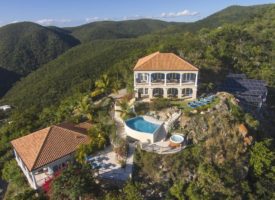
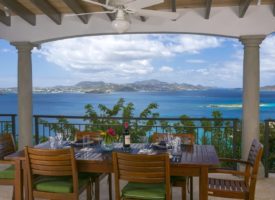
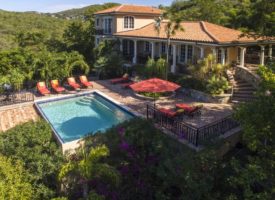

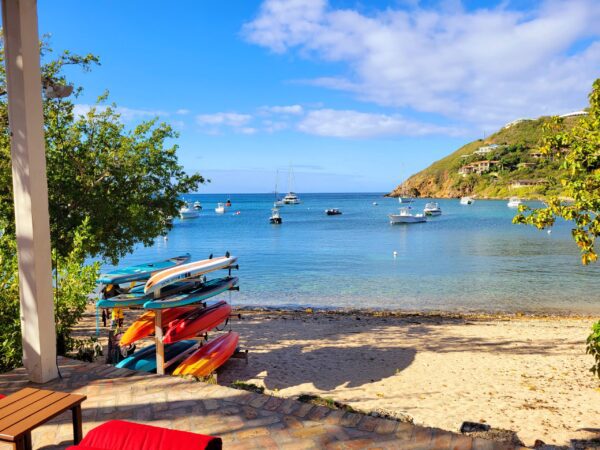
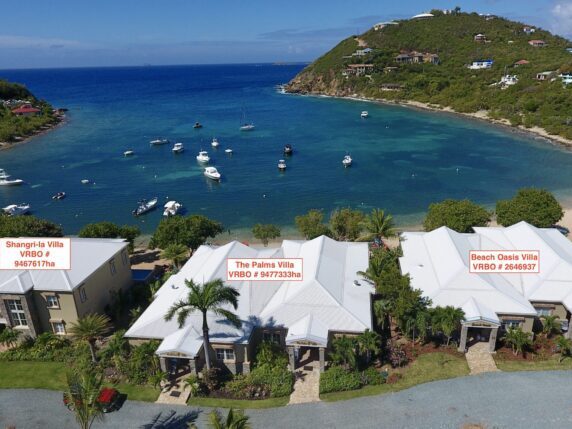
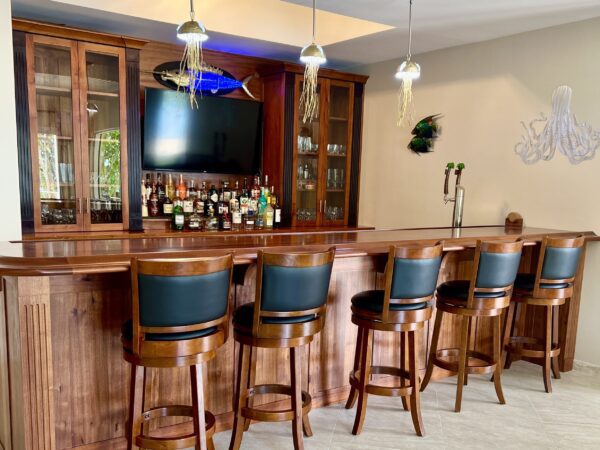
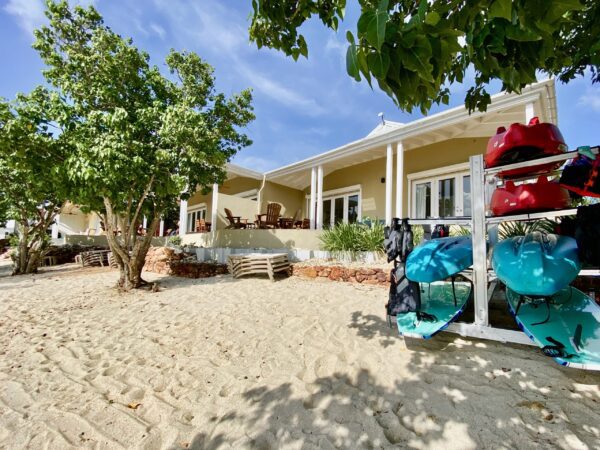
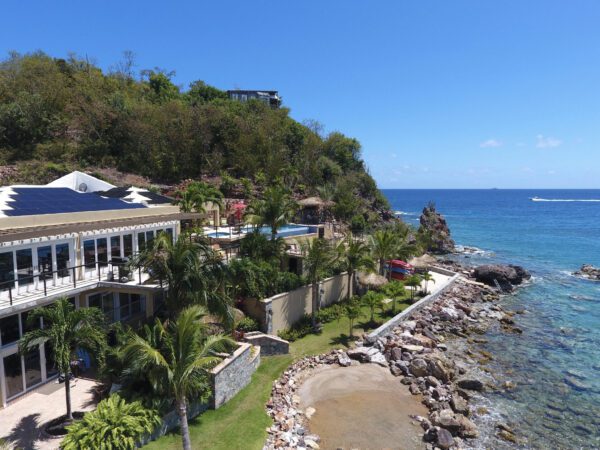
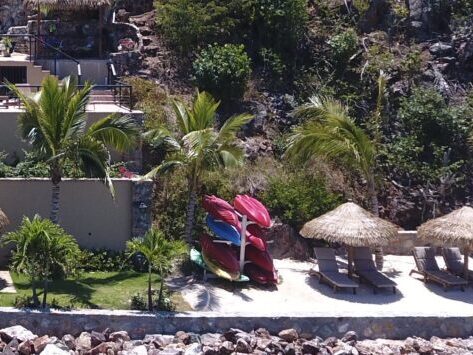
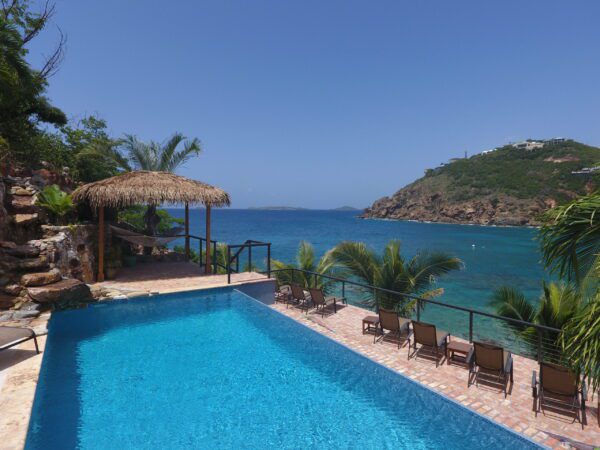
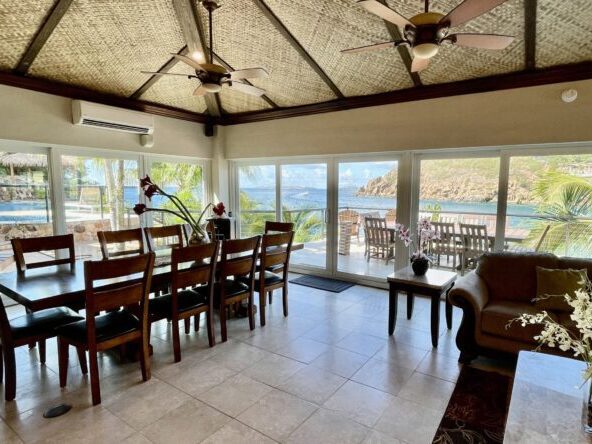
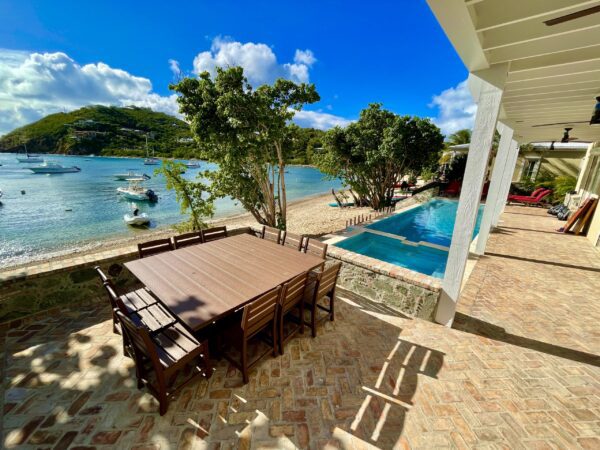
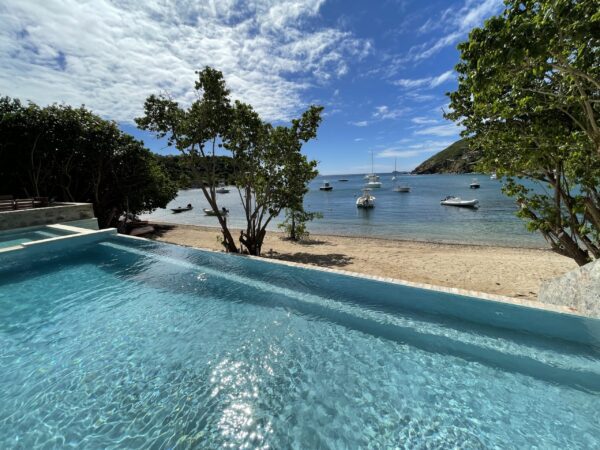
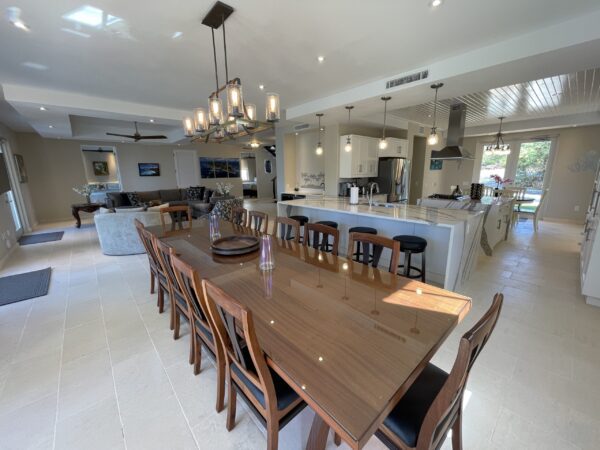
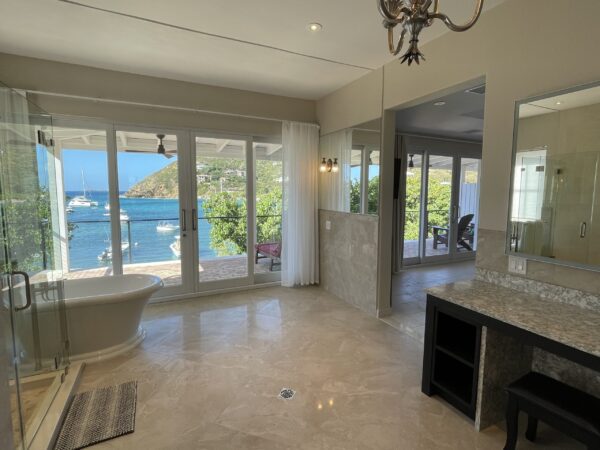

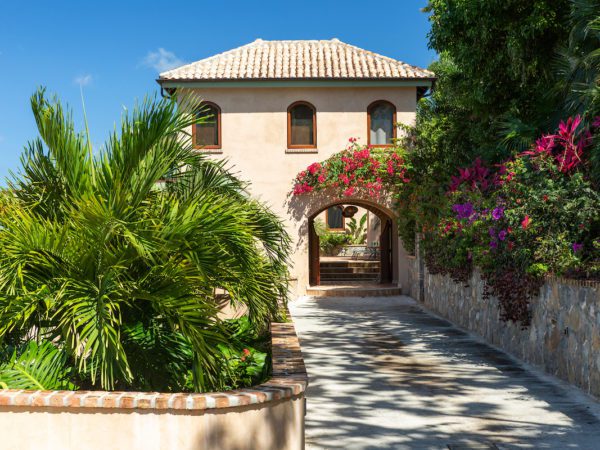
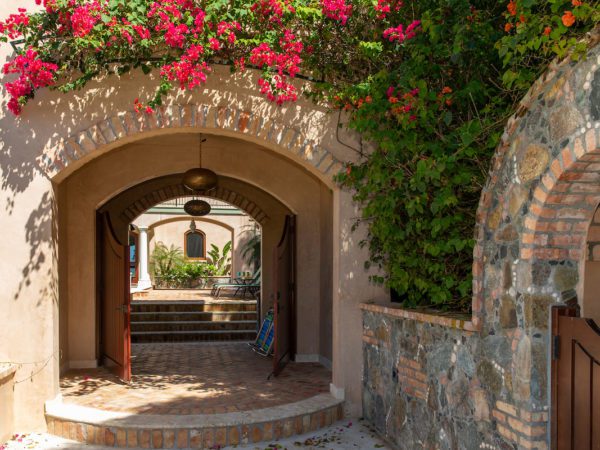
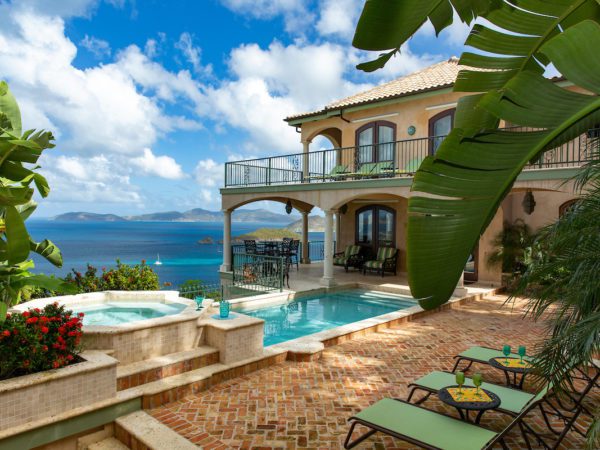
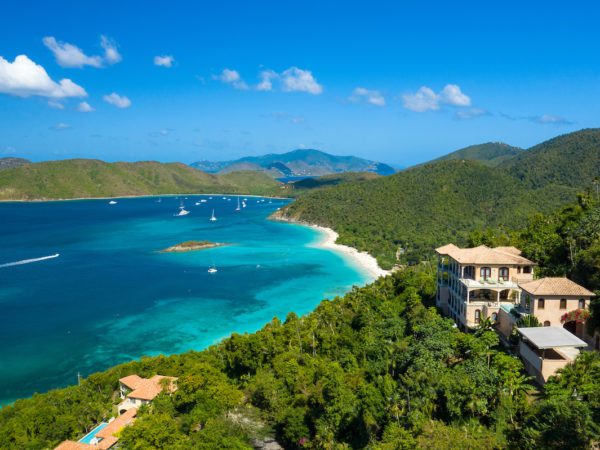
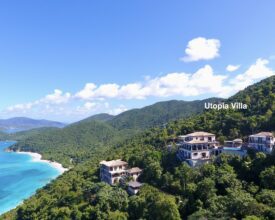
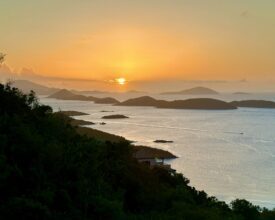
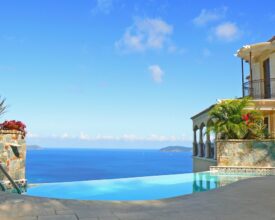

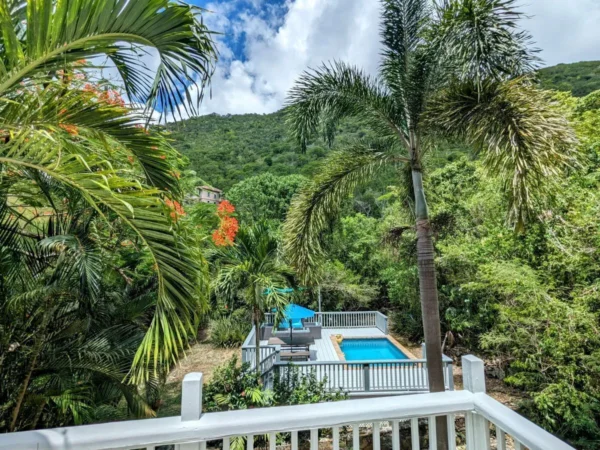
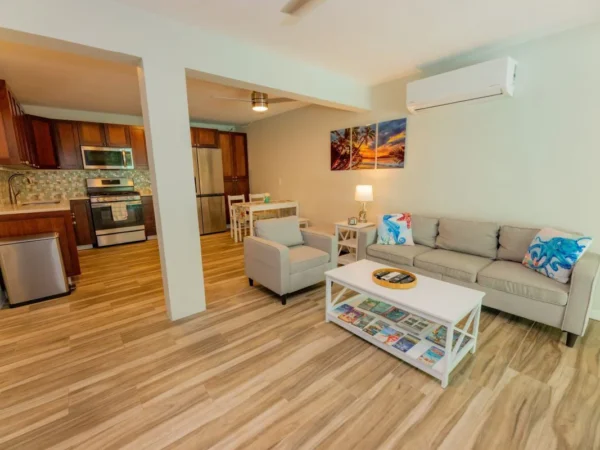
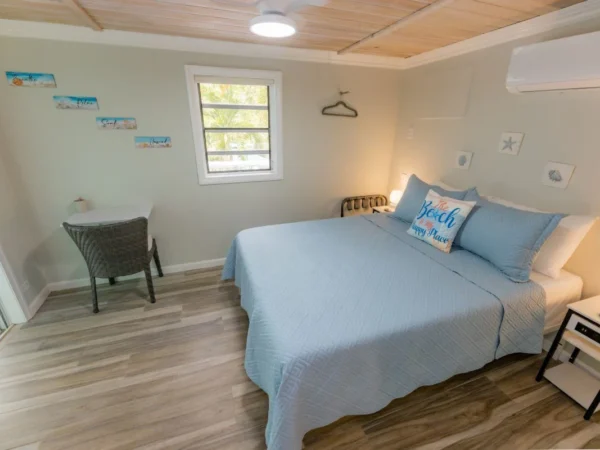
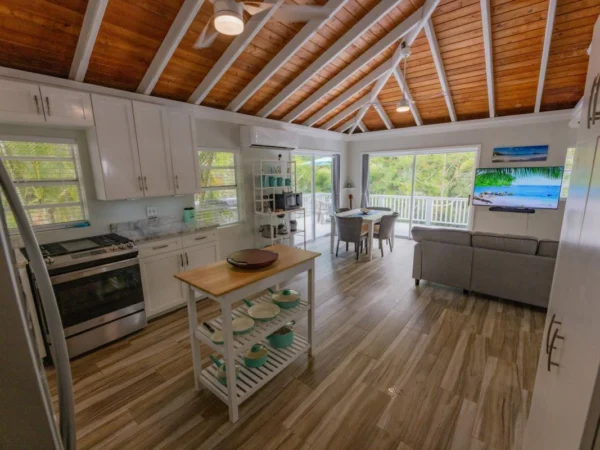










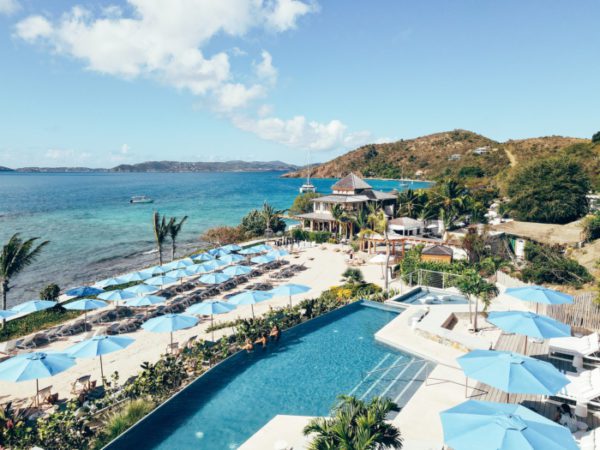
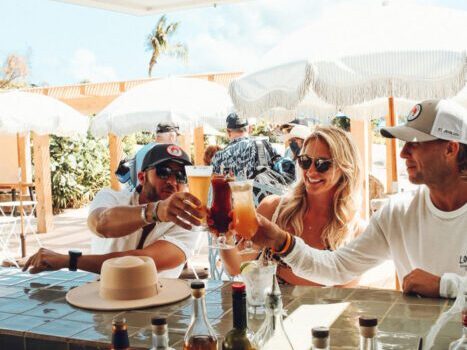
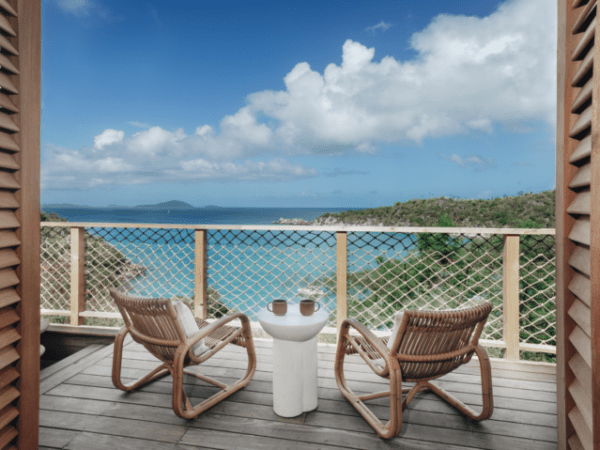
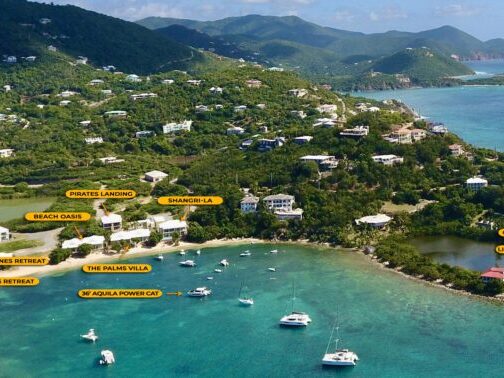
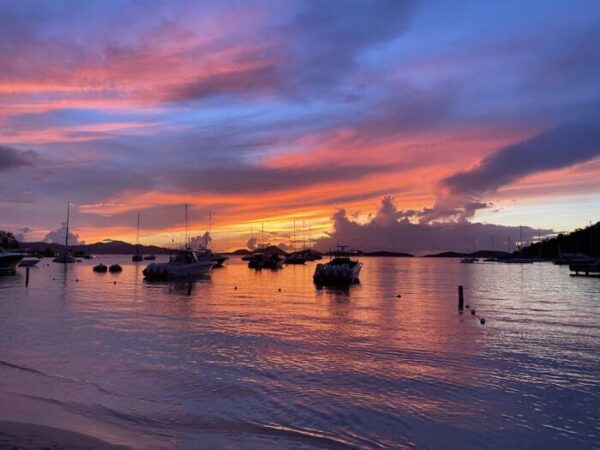
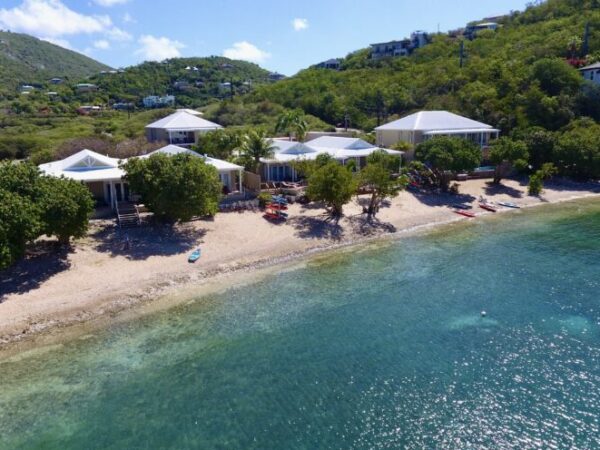
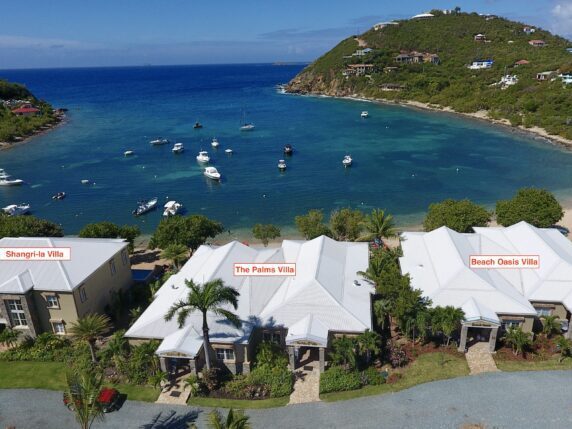
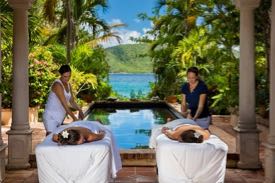
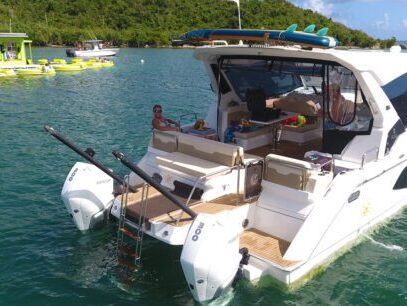
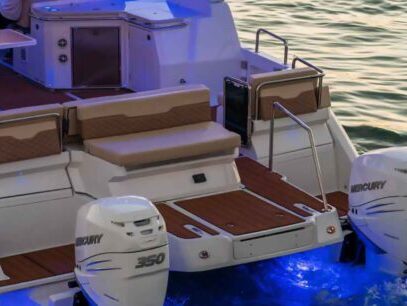
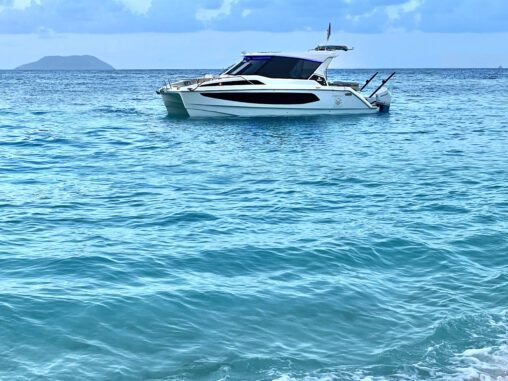

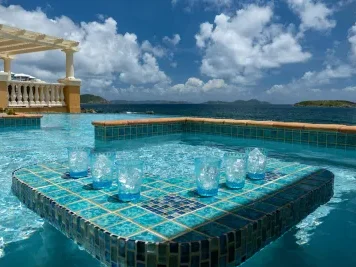
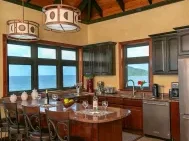
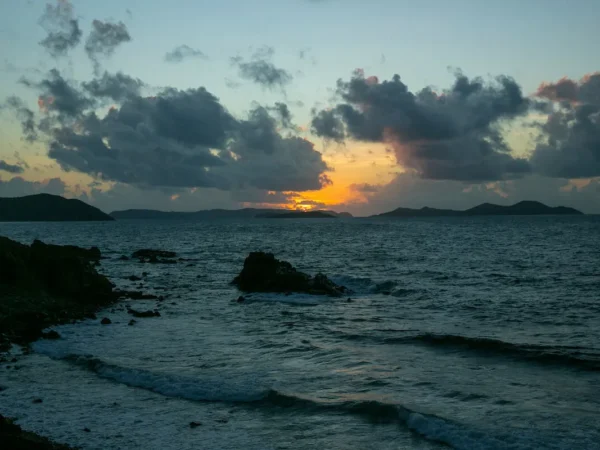

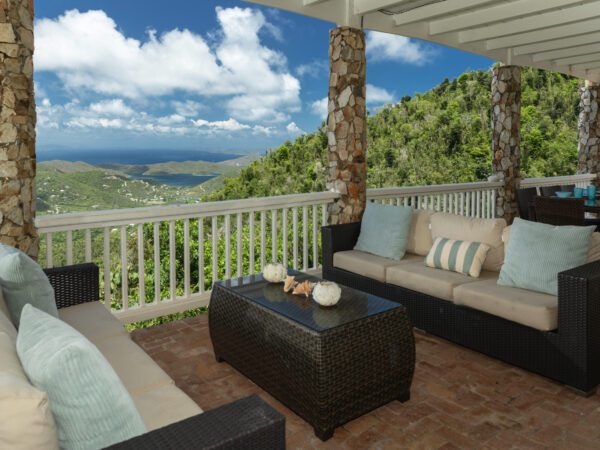
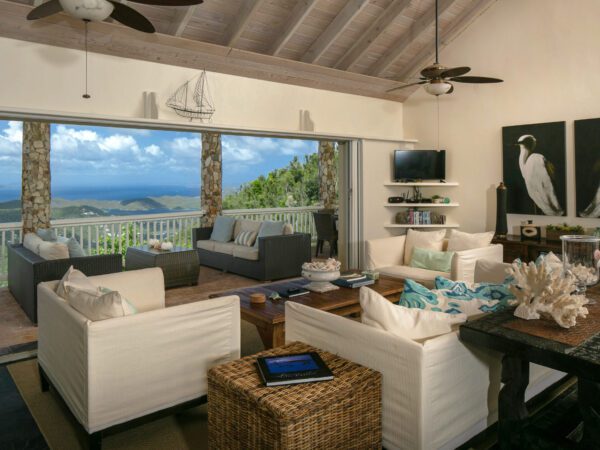
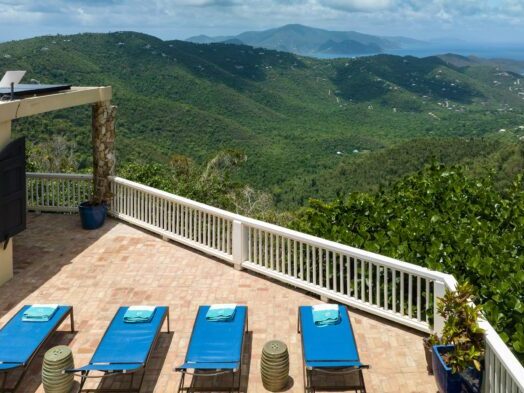
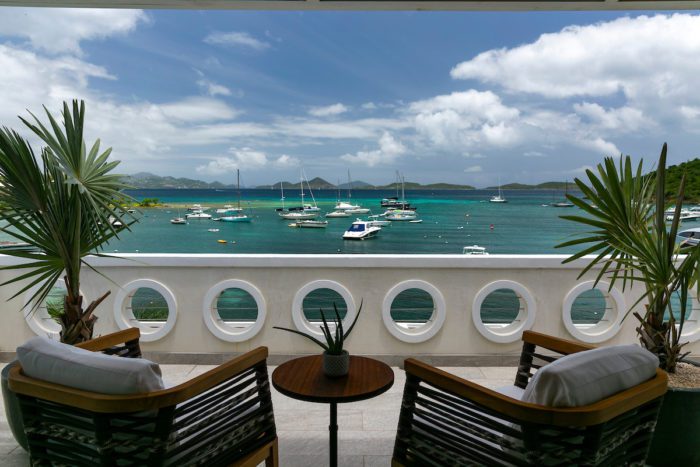


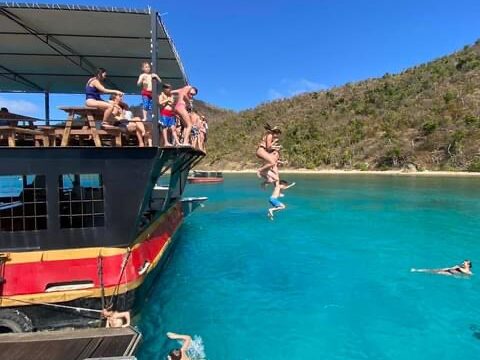

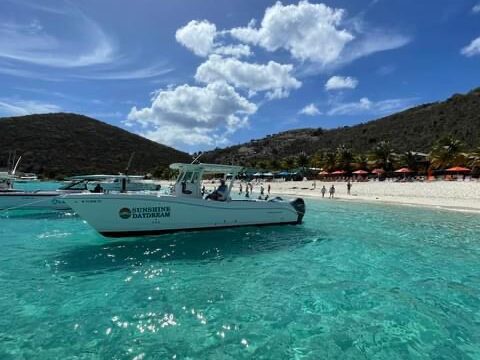
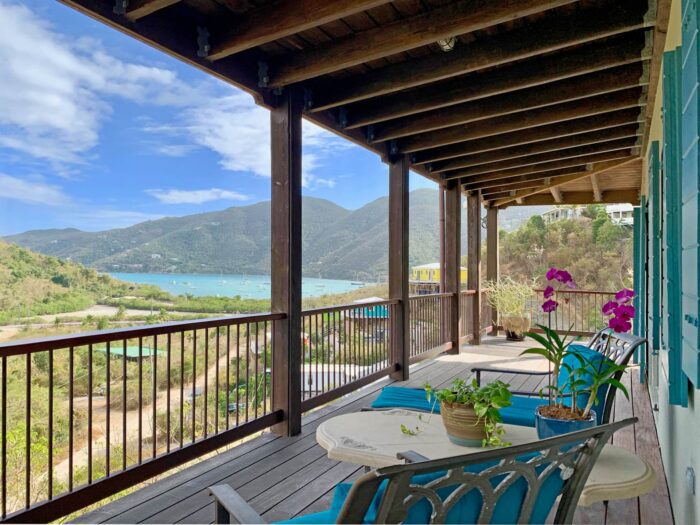

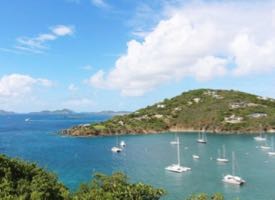
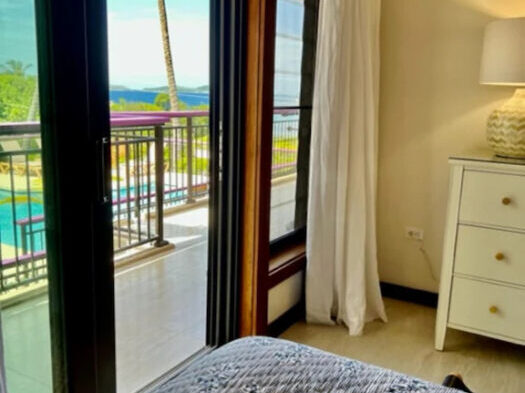

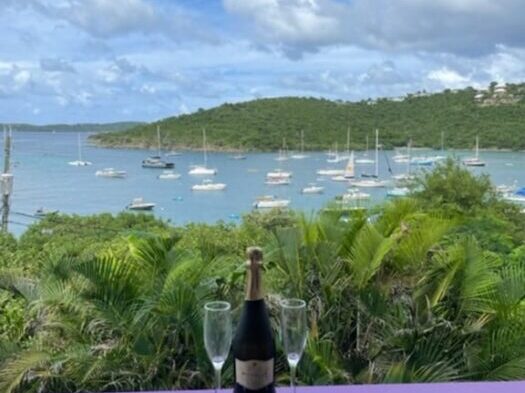
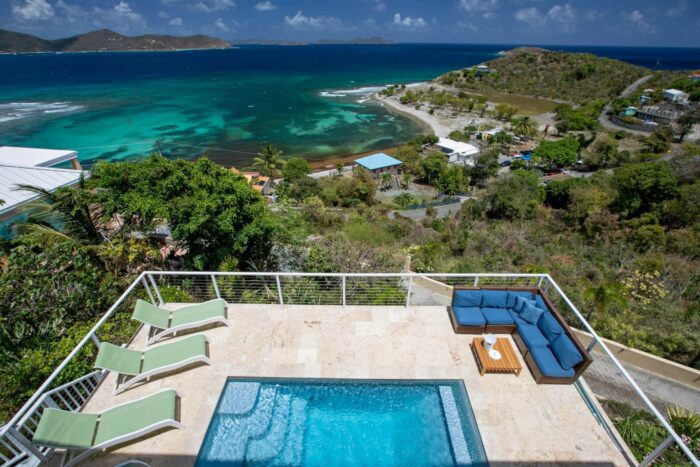
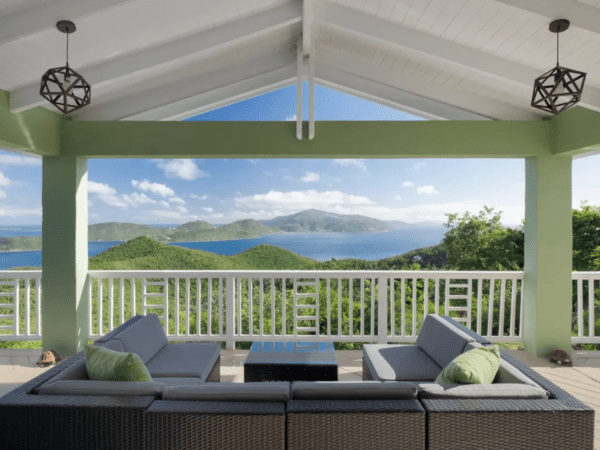
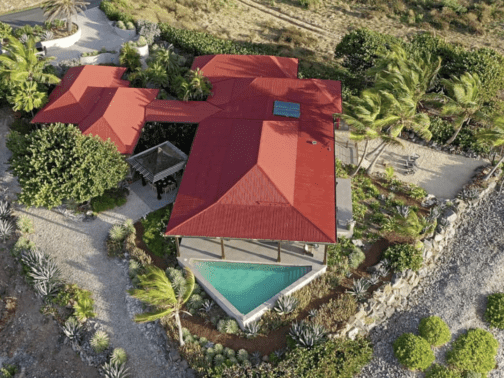
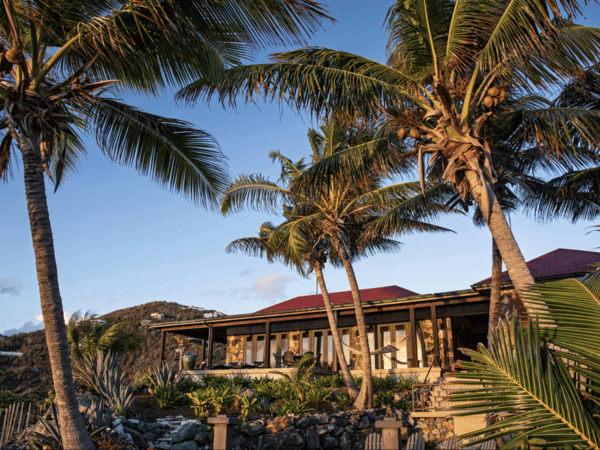
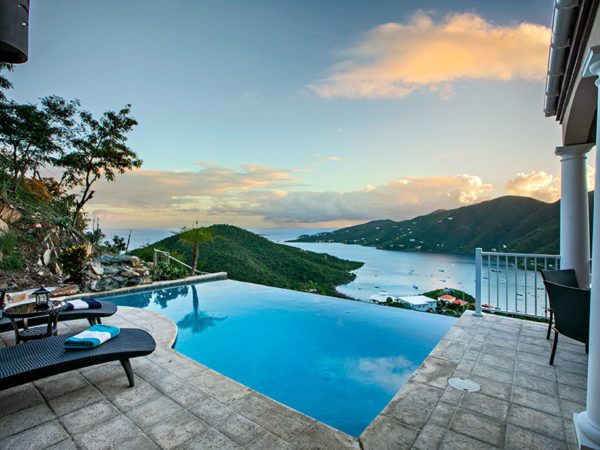
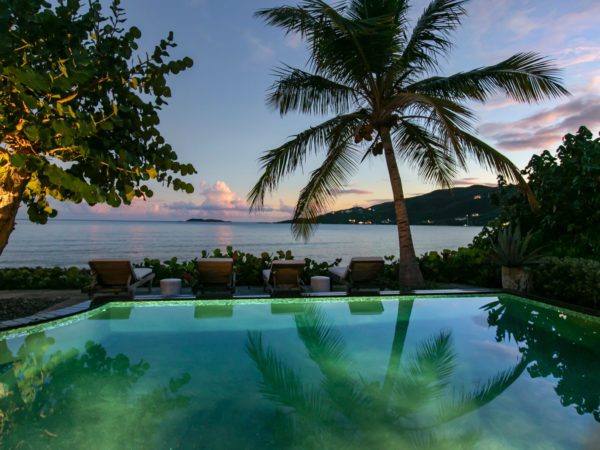


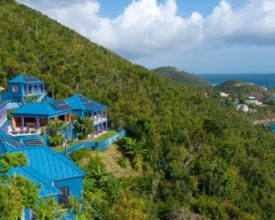
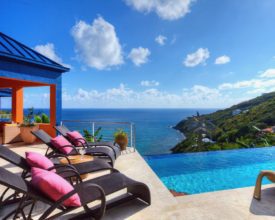
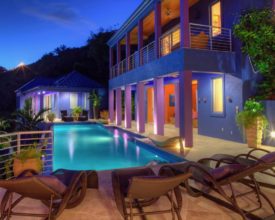
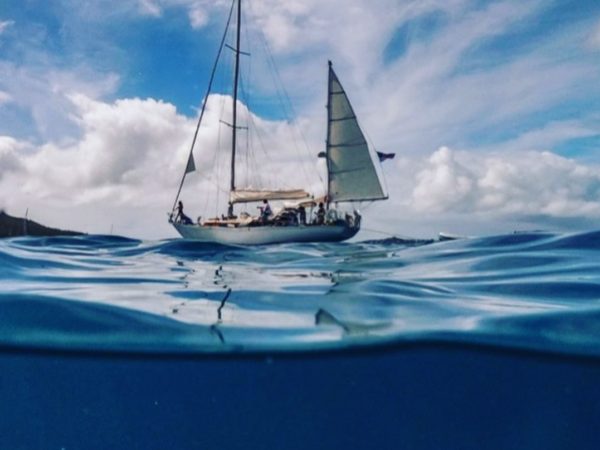
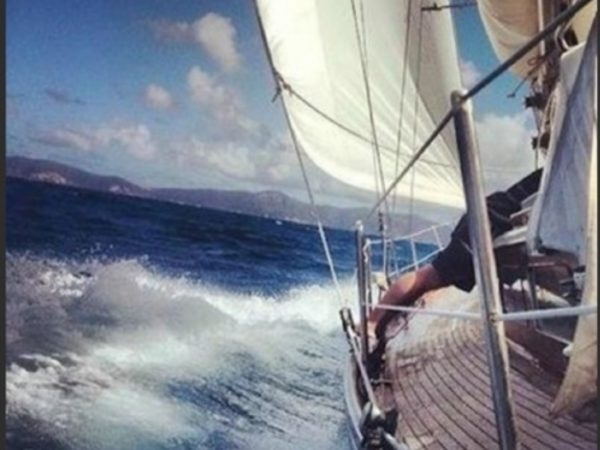
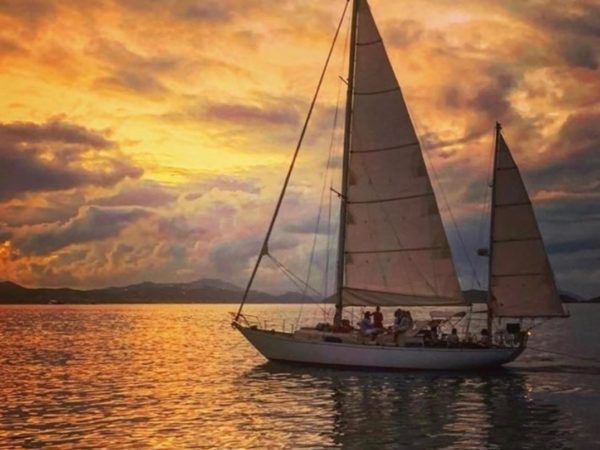
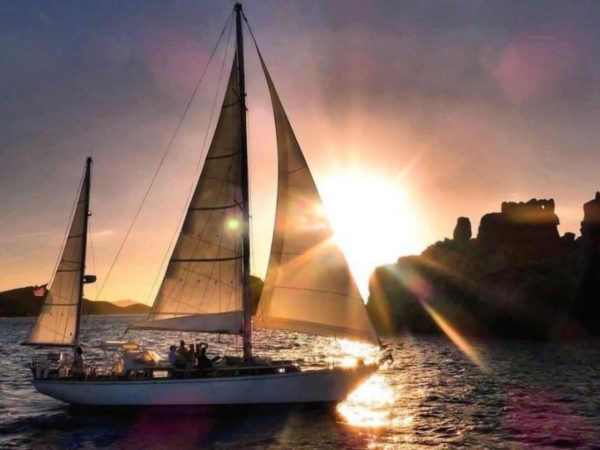
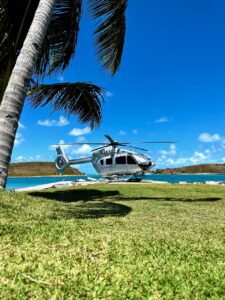
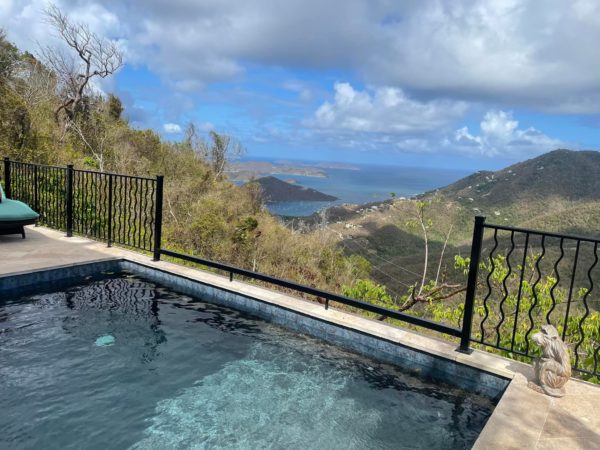
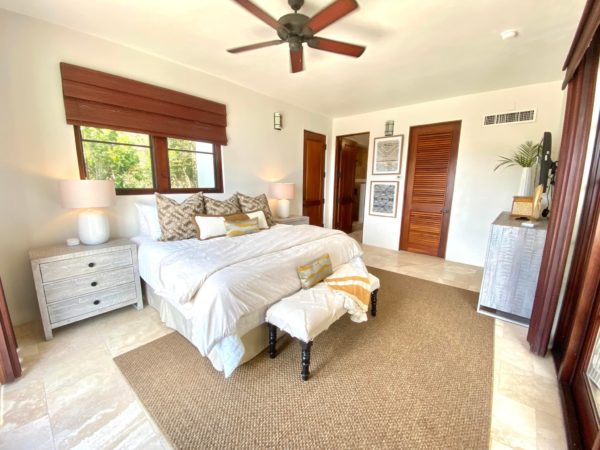
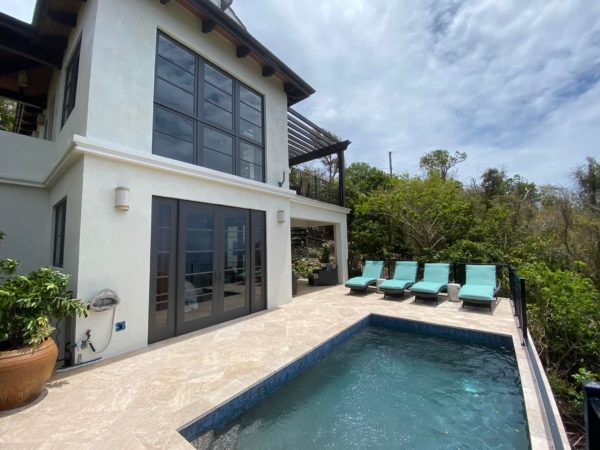
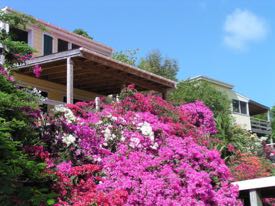
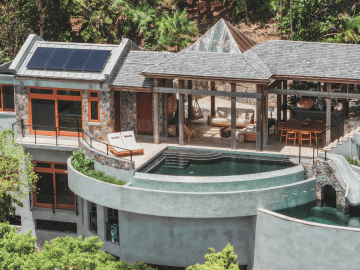
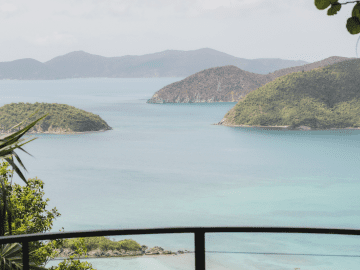
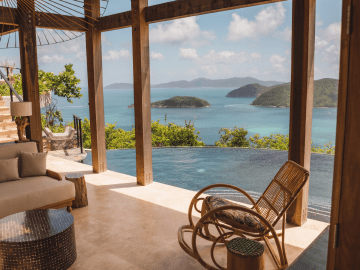
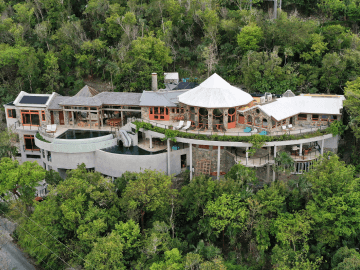
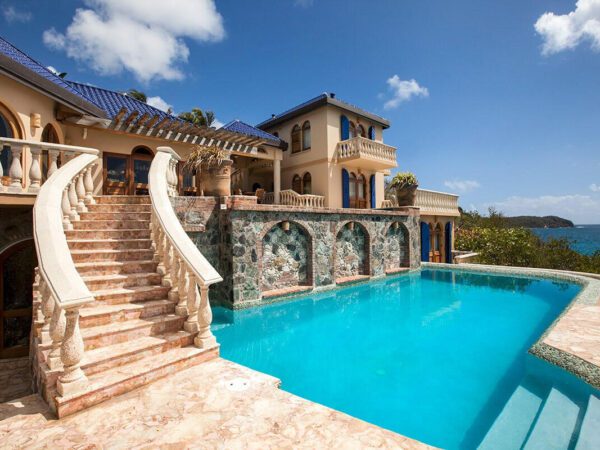
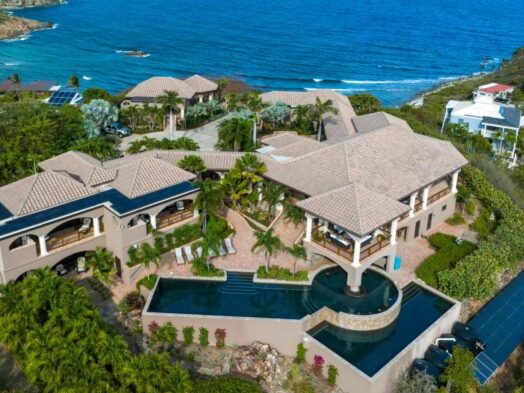
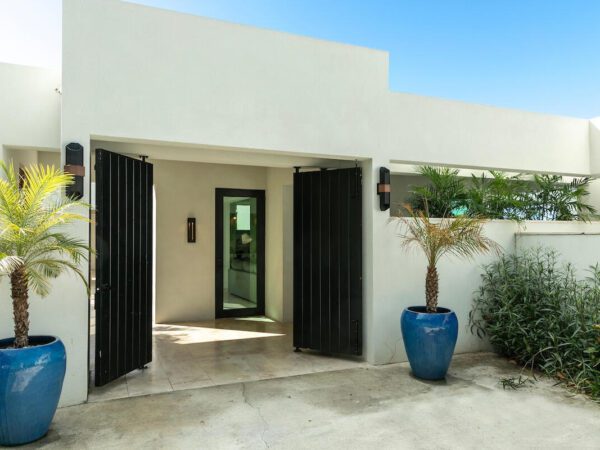

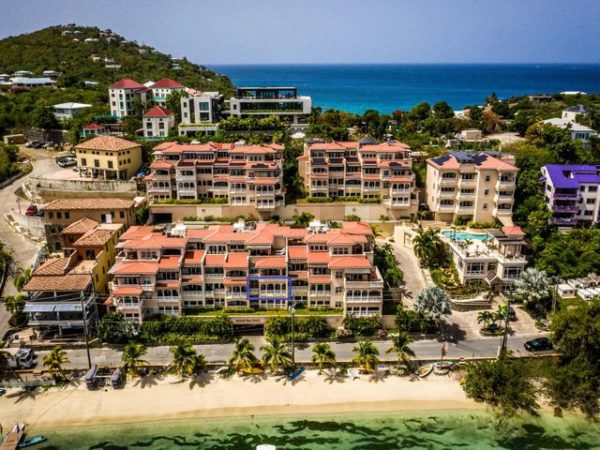
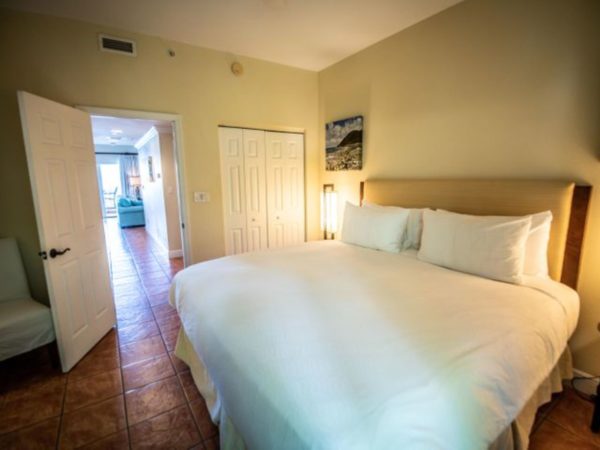
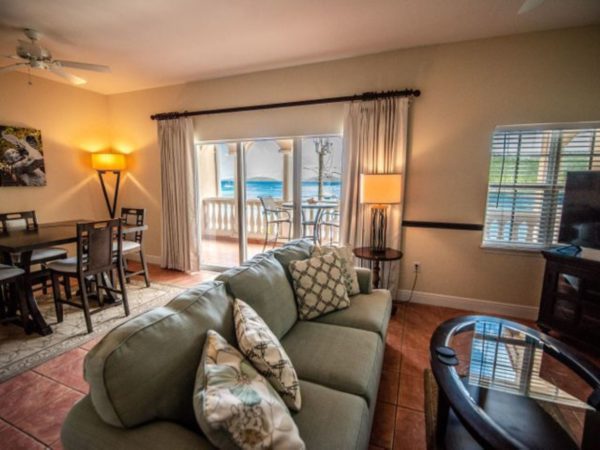
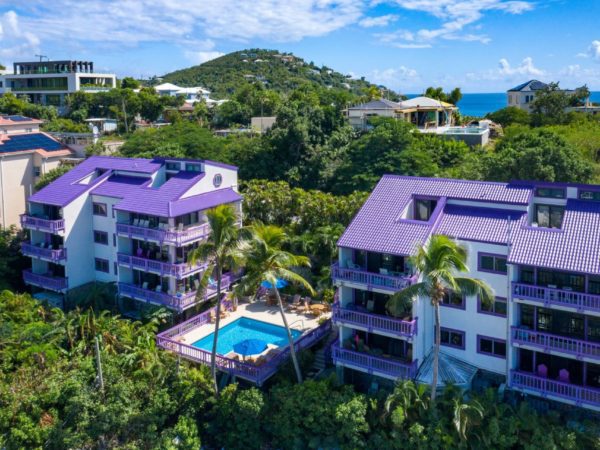
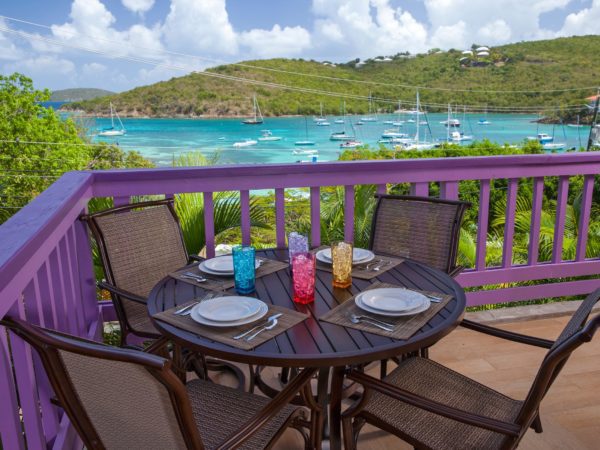
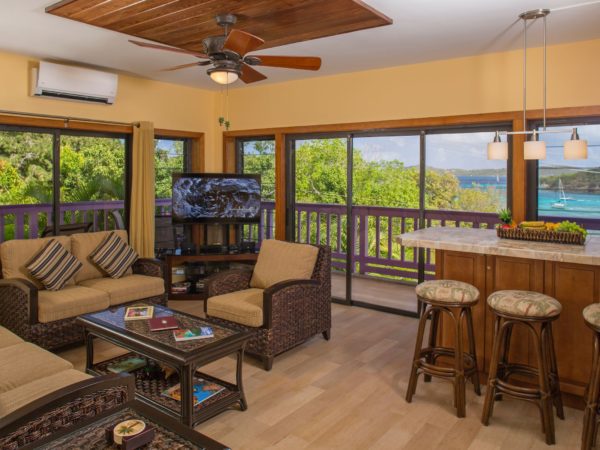
Oh, how I love this story. The history of the island is what “hooked” me. I remember reading as much history of the island as I could before I came down which allowed me the opportunity to stand in the spots where slaves were treated unfairly and would sometimes leap to their death. I stood at Annaberg imagining everything I had read. I stood and sobbed. That’s when my love affair with the island began. I will never forget the day. I will never forget the spot. I will never forget that moment.
Leah, thanks for writing this! I can’t wait to come with you on Fyaway Charters!!
What book or books did you read? I would love to do the same!!
During our June visit , we took a trip around the island with Colin. It was such a great experience, to see the island we love from a different perspective. Colin educated us so much on the history above and below the water. I would highly recommend taking a trip with Flyaway Charters.
What a fascinating tidbit of St. John history. This boat crew sounds like they’re right up my alley! ❤️
Great article Leah! The day you and Colin took us around the island and told story after story was one of the best days ever! I hated history in high school, but I am pretty sure I could listen to Colin talk (in his NPR voice) about St. John for hours! Thanks for sharing!
Leah,
Great Job! Thanks so much for your story. I love St. John history! I would welcome more.
Your cartoon character is stronger than he thinks! He says it feels like 100 pounds, but it’s really 200. History is good, but check out the math — https://en.wikipedia.org/wiki/Pulley 🙂
I loved the article,and FLYAWAY CHARTERS has always been the highlight of my visits.Captain Colin and Leah always make the trips special and fun.No one knows these islands better than you guys.Hope to see you soon.
Thank you for a wonderful story! We would love to sail with you next winter.
I am with Candace, will most likely be sailing with you next winter!
You haven’t seen nothing, back the when whole east end was surrounded with coral reefs, you had swim sideways to get any shoreline on east shore, after hurricane Marilyn giant cactus plants tipped over covered in potter shards, bottle shards, and shells, go figure